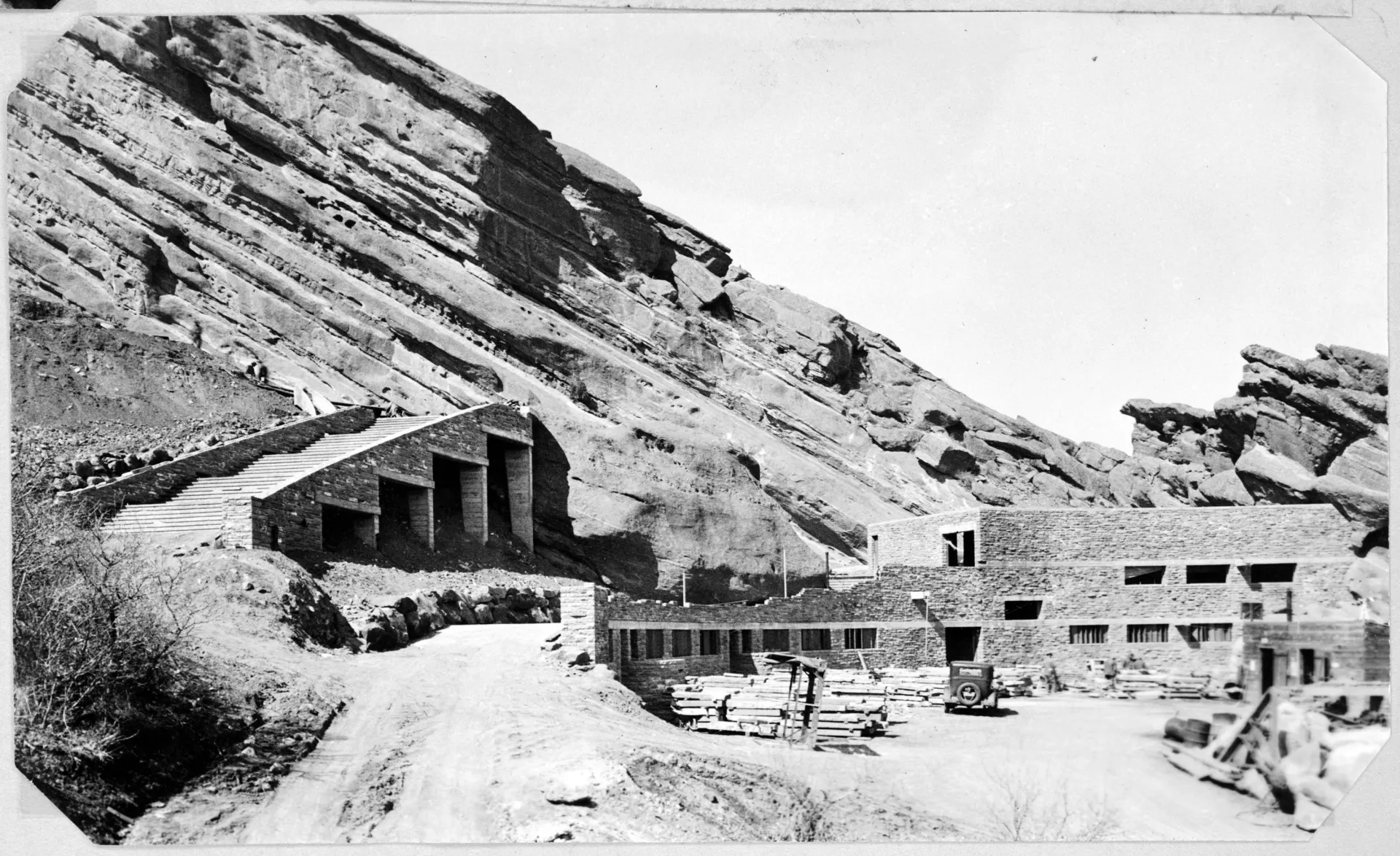Colorado, a land of majestic peaks and breathtaking natural landscapes, is renowned not only for its beauty but also for its captivating gold mining history. From the booming gold rushes of the 19th century to the enduring legacies of today, the history of gold mining in Colorado is an integral part of the state’s identity and development.
On May 9, 1936, a new chapter in Colorado’s history began when Denver Mayor Benjamin Franklin Stapleton and Parks Manager George Cranmer received approval to build Red Rocks Amphitheatre. This project, undertaken by the Civilian Conservation Corps (CCC), not only created a renowned performing arts venue but also exemplified the resilience and innovative spirit of the people of Colorado.
The Beginning of the Colorado Gold Rush
The history of gold mining in Colorado dates back to the mid-19th century, when rumors of gold discoveries spread across the country. In 1858, a group of gold prospectors from Georgia discovered small gold deposits along the South Platte River, near present-day Denver. This discovery ignited the “Pike’s Peak Gold Rush,” attracting thousands of people to Colorado in hopes of striking it rich.
The Civilian Conservation Corps (CCC) and the Red Rocks Project
In the wake of the Great Depression, President Franklin D. Roosevelt established the CCC in 1933. The CCC’s mission was to provide employment for young, unemployed men and to conserve the nation’s natural resources. In Colorado, the CCC played a vital role in constructing public works, including the Red Rocks Amphitheatre.
Architect Burnham Hoyt, a prominent figure in Colorado, designed Red Rocks Amphitheatre. After receiving approval from the National Park Service, the CCC began leveling the seating area between Ship Rock and Creation Rock. Although Cranmer initially envisioned it as a simple task, removing 50,000 cubic feet of dirt and rock required significant blasting.

To ensure excellent sightlines from every seat, CCC workers toiled diligently, primarily using picks, shovels, and rock sleds. After leveling the area, they used over 90,000 square feet of sandstone, quarried in Lyons, to complete the theater. In total, 800 tons of quarried stone and 30,000 pounds of reinforcing steel were used to build the auditorium.
The Impact of the Gold Rush on Colorado’s Development
The gold rush not only brought wealth to a lucky few but also profoundly impacted Colorado’s development. Mining towns sprang up rapidly, attracting immigrants from around the world. Denver, initially a small settlement, grew into a significant economic and cultural hub.
However, the gold rush also presented challenges. Fierce competition for mining claims led to conflicts and violence. Environmental pollution from mining operations had long-lasting consequences for the local ecosystem.
Legacy of Gold Mining History
Although the gold rush era has passed, its legacy remains in Colorado. Many former mining towns have become popular tourist destinations, where visitors can explore historical sites and learn about the lives of miners. Museums and historical landmarks throughout the state tell the stories of the hardships and triumphs of those who came to Colorado seeking their fortune.
Red Rocks Amphitheatre, a testament to the collaboration between the CCC and the people of Colorado, remains a world-renowned performing arts venue. This unique architectural marvel is not only a symbol of creativity and perseverance but also a reminder of the importance of preserving and celebrating historical legacies.
Colorado Cuisine: A Taste of History
Colorado cuisine also reflects the gold mining history and the state’s cultural diversity. Local dishes often feature ingredients sourced from the mountains, such as venison, salmon, and pinto beans. Sourdough bread, a staple during the gold rush era, remains a beloved food today.
Conclusion
The history of gold mining in Colorado is a complex and fascinating narrative, blending adventure, discovery, and relentless challenges. From the booming gold rushes to the enduring legacies of today, this history has shaped the identity and development of the state. Exploring Colorado’s gold mining history is not only about learning about the past but also an opportunity to appreciate the cultural values and resilient spirit of its people.